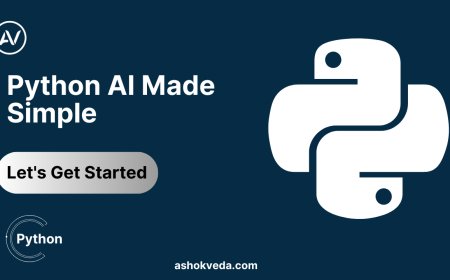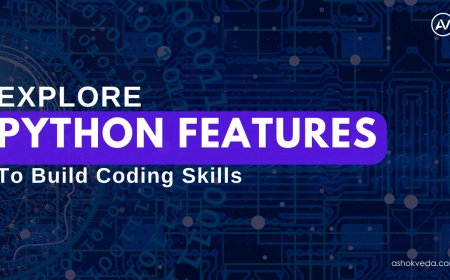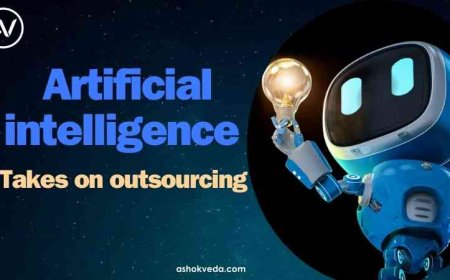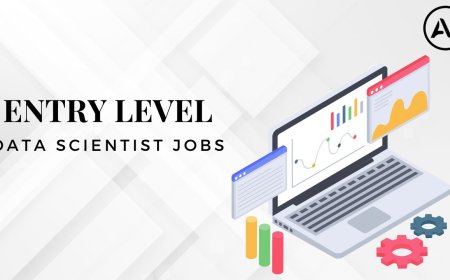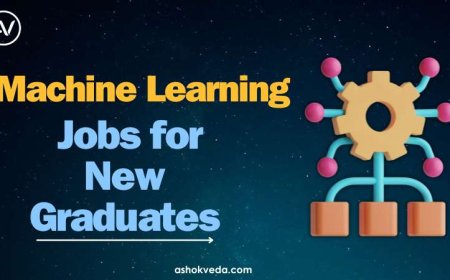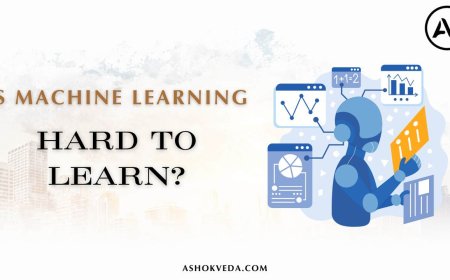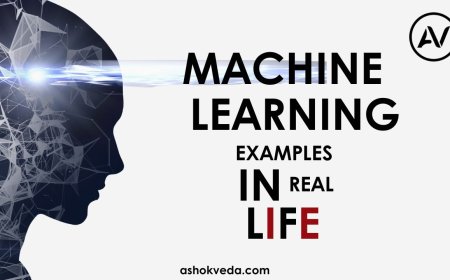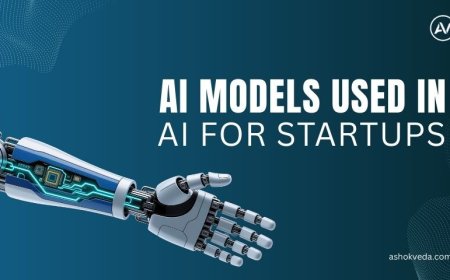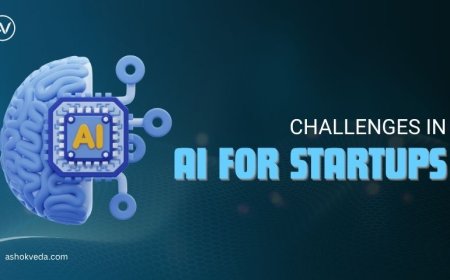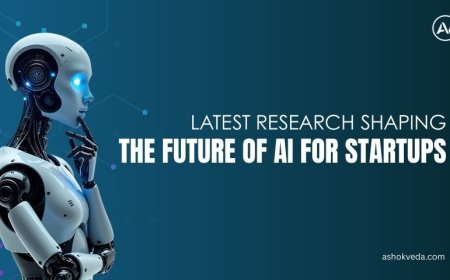Key KPIs for AI Consulting Success: Measuring Impact & Value
Explore key KPIs for AI consulting success in 2025, including ROI, model performance, customer satisfaction, scalability, and more for optimal AI investment outcomes.
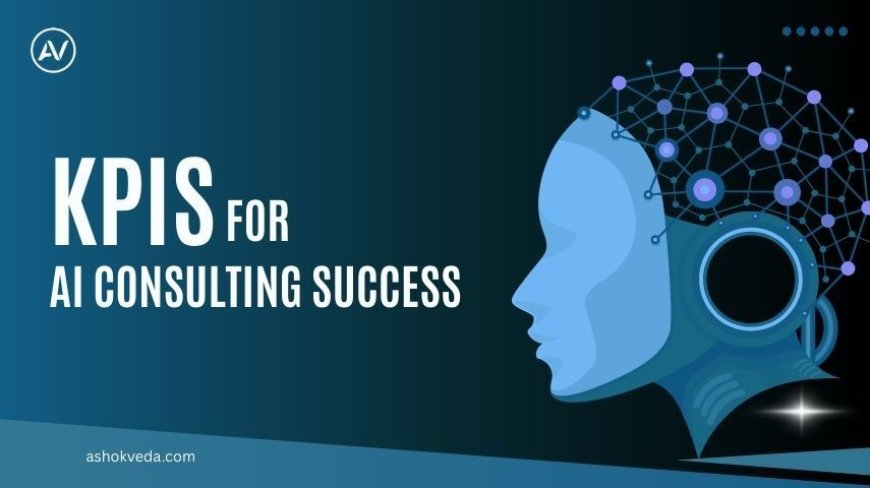
As artificial intelligence (AI) continues to evolve, its role in driving business innovation has become undeniable. By 2025, the global AI market is projected to exceed $300 billion, reflecting its growing impact across various industries. With businesses racing to implement AI solutions, ensuring these investments deliver measurable value is paramount. This is where AI consulting comes in.
AI consultants are tasked with guiding businesses through the complexities of AI adoption, from identifying the right use cases to optimizing AI models for peak performance. However, without proper metrics, it becomes challenging to gauge the success of AI initiatives. KPIs for AI consulting success are essential to measure the effectiveness of AI projects and ensure they align with a company’s long-term objectives. These KPIs help track everything from cost reduction and efficiency gains to customer satisfaction and scalability.
What are KPIs for AI Consulting Success?
KPIs (Key Performance Indicators) are measurable values that demonstrate how effectively an organization or consulting project is achieving its goals. In the context of AI consulting, KPIs help businesses and consultants track the success of AI deployments and ensure that AI investments align with strategic objectives.
The right KPIs can highlight the effectiveness of AI models, gauge project impact, optimize resource allocation, and improve client satisfaction. In AI consulting, KPIs are critical because AI projects are often complex, involving vast datasets, new technologies, and continuous improvement.
KPIs for AI Consulting success
Let’s explore some of the most important KPIs for AI Consulting success that will help businesses evaluate their AI initiatives.
1. Return on Investment (ROI)
Why is it important?
ROI is one of the most significant KPIs for any business decision, and AI consulting is no exception. By tracking the return on AI investments, businesses can evaluate whether the project’s benefits outweigh the costs.
How to measure it?
The ROI of AI consulting can be measured using the following formula:
ROI=Total Benefits−Total Costs/ Total Costs×100
-
Total Benefits: This can include increased revenue, cost savings, improved productivity, and enhanced customer engagement.
-
Total Costs: The costs can include AI software, hardware, labor, data acquisition, and consulting fees.
For instance, if an AI-driven predictive maintenance system reduces operational downtime, the cost savings from avoiding expensive repairs and enhancing productivity can be calculated. This would then be compared to the costs involved in developing and deploying the AI system.
Example:
For an AI-driven automation project, the ROI could be measured based on the labor cost reduction, improved operational efficiency, and faster time-to-market.
2. Accuracy and Model Performance
Why is it important?
AI systems, especially machine learning models, are expected to make decisions that impact business outcomes. Accuracy is crucial for AI to drive reliable and trustworthy results. A key aspect of AI consulting success lies in ensuring that the AI models perform well and meet the business’s requirements.
How to measure it?
The performance of machine learning models can be evaluated using various metrics, including:
-
Accuracy: The proportion of correct predictions made by the model.
-
Precision and Recall: These are used for classification models to measure how many of the predicted positive outcomes were correct (precision) and how many actual positive outcomes were identified (recall).
-
F1-Score: The harmonic mean of precision and recall, used when you need to balance both.
Additionally, the AUC-ROC curve (Area Under the Curve - Receiver Operating Characteristics) is used to evaluate binary classification models.
Example:
In a fraud detection system, AI’s accuracy and precision ensure that legitimate transactions are not flagged while identifying most fraudulent activities.
3. Time to Value
Why is it important?
Time to value refers to how quickly the AI solution generates business value after deployment. A shorter time to value means the business can start seeing positive impacts sooner, improving ROI and business confidence in AI solutions.
How to measure it?
This KPI is measured by the time elapsed from the beginning of the AI implementation to when the AI system starts delivering measurable results.
For example, in a customer service automation system, the time to value would be the time taken from deploying the AI-driven chatbot to achieving reduced average handling time (AHT) and improved customer satisfaction scores.
Example:
If an AI model for demand forecasting were deployed in a retail company, the time to value could be measured by how quickly the model helps improve inventory management and reduce stockouts.
4. Cost Reduction and Efficiency Improvements
Why is it important?
Cost reduction and efficiency improvements are key KPIs to assess whether AI consulting projects are achieving operational benefits. AI solutions are often implemented to automate tasks, reduce manual work, and streamline business processes, ultimately lowering costs and improving efficiency.
How to measure it?
This KPI can be measured by tracking key operational cost savings over time. Key areas where AI can drive cost reductions include:
-
Labor cost savings (through automation)
-
Operational cost reductions (through optimized processes)
-
Energy cost savings (for AI systems that optimize energy consumption)
Example:
An AI-powered chat system can reduce the need for human customer service agents, leading to significant labor cost savings, faster response times, and higher efficiency.
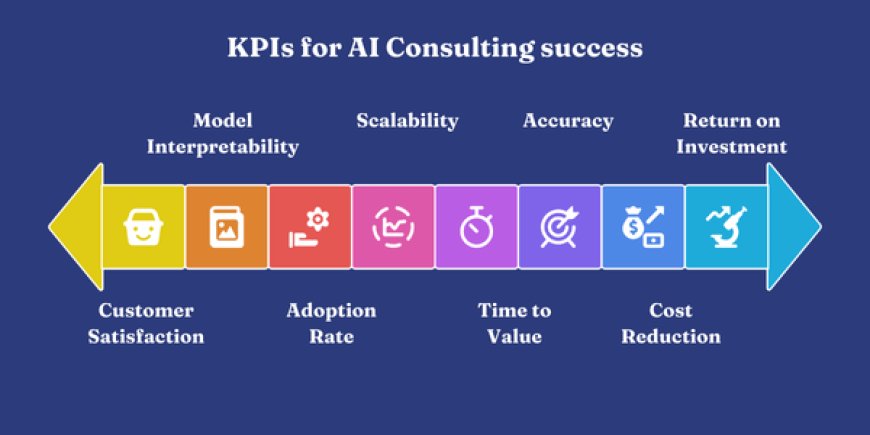
5. Customer Satisfaction and Engagement
Why is it important?
AI solutions often focus on enhancing customer experience. Whether through personalized recommendations, chatbots, or improved service delivery, AI can significantly impact customer satisfaction and engagement. These KPIs directly reflect the value AI is adding to the customer journey.
How to measure it?
Key metrics to track include:
-
Customer Satisfaction (CSAT): Based on post-interaction surveys or Net Promoter Scores (NPS).
-
Customer Retention Rate: How many customers continue to engage with the brand after AI-driven improvements?
-
Engagement Metrics: Click-through rates (CTR), time spent on the platform, and interaction rates with AI-driven services.
Example:
For a recommendation engine, the customer satisfaction KPI could be measured by tracking how much users engage with personalized product suggestions and how it impacts their purchase decisions.
6. Model Interpretability and Explainability
Why is it important?
As AI models become more complex, businesses and regulators alike demand transparency. Interpretability and explainability are crucial KPIs that ensure stakeholders understand how AI models make decisions, especially in industries like finance, healthcare, and law.
How to measure it?
You can assess this KPI by tracking the ease with which business users or regulators can interpret and understand model decisions. Tools like SHAP (SHapley Additive exPlanations) and LIME (Local Interpretable Model-Agnostic Explanations) are commonly used to make models more interpretable.
Example:
In a financial credit scoring model, explainability ensures that users (lenders) understand the rationale behind a loan approval or rejection.
7. Adoption and Integration Rate
Why is it important?
The success of AI consulting projects heavily relies on how seamlessly the AI solution is adopted by the business. Adoption and integration track how well the AI solution fits into existing workflows and how quickly employees and systems adopt it.
How to measure it?
This KPI can be measured by tracking:
-
Employee adoption rates: Percentage of employees actively using AI tools.
-
System integration success: How easily AI systems integrate with existing business systems and data pipelines.
Example:
Suppose an AI-based supply chain optimization tool is implemented. In that case, the integration rate can be measured by how smoothly it connects with existing inventory management systems and how quickly staff start utilizing it.
8. Scalability and Flexibility
Why is it important?
For long-term success, AI solutions should be scalable and flexible. As businesses grow, the AI systems must be able to handle increased data volume and more complex tasks without significant redesign.
How to measure it?
Scalability can be measured by assessing:
-
The ability of the AI solution to handle increased data volumes or more complex use cases over time.
-
Whether additional business units or geographies can adopt the AI solution without major changes.
Example:
In an AI-powered marketing automation system, scalability is measured by how well the system adapts as the number of customers or campaigns increases.
AI consulting plays a crucial role in helping organizations harness the power of AI to drive business transformation. However, just implementing AI isn’t enough to ensure success. To truly measure and track the impact of AI initiatives, businesses need to focus on relevant KPIs for AI Consulting success. These KPIs will provide businesses and AI consultants with the necessary insights to evaluate the performance, efficiency, and value of AI solutions. By focusing on KPIs such as ROI, accuracy, time to value, cost reduction, customer satisfaction, and scalability, organizations can optimize their AI investments, ensure high-performance outcomes, and realize long-term success. As the AI industry continues to evolve, these KPIs will be instrumental in guiding businesses toward smarter decision-making, continuous improvement, and sustainable growth in an increasingly AI-driven world.




